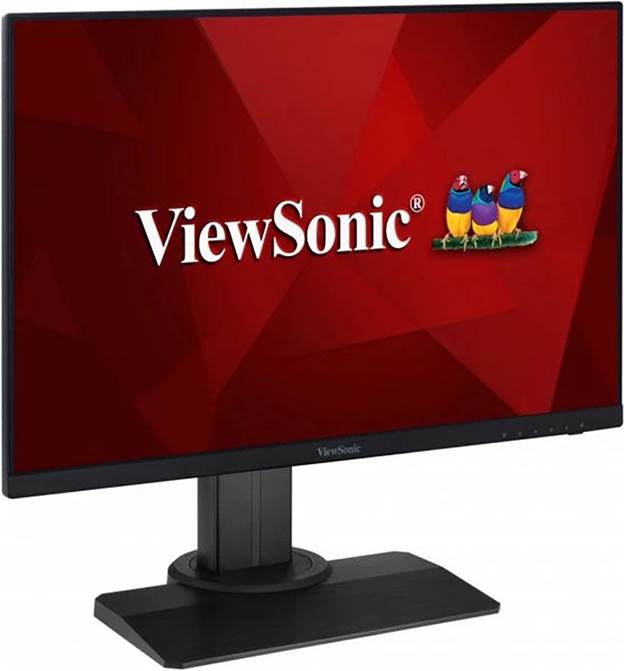Why you can trust Tom's Hardware
For gaming, the question of resolution has to be motion versus static. An image that looks great standing still won’t necessarily hold up when the player moves quickly through an environment. To achieve high motion resolution requires just one thing: a high frame rate. You can achieve this with an expensive video card, but when you cross the line to Ultra HD/4K, it won’t matter how much power your PC has, all but the newest, most-expensive monitors top out at 144 Hz. To get the ultimate gaming experience, you need to get over 200fps. You can do that expensively with a QHD screen or on a budget with FHD.
The ViewSonic XG2431 fulfills that mandate. For less than $350, you get decent pixel density, a bright picture, superb HDR, Adaptive-Sync and a truly usable 240 Hz refresh. The PureXP feature can take clarity even further if you’re willing to forgo Adaptive Sync and HDR. This monitor is clearly aimed at competitive gamers who need every possible advantage.
The only flaws here are relatively low contrast and a lack of gamma options. Most IPS screens can hit 1,000:1, but the XG2431 was a little short of 800:1. And with a slightly light gamma, the image didn’t quite have the pop that other monitors of this type have.
This was more than made up for by its HDR performance. With an effective dynamic contrast feature, it delivers a healthy 5,133:1 with saturated color and lots of dimension. The XG2431 is best used with HDR content. It is one of the best budget HDR screens I’ve seen of late.
Also impressive is the XG2431’s color accuracy. Though the grayscale benefits from calibration, it can be used without adjustment, and the gamut is spot-on. Extended color would be cool, but with accurate and complete coverage of sRGB, the XG2431 is capable for gaming or critical tasks. When you’re not exploring jungles or distant alien worlds, you can actually get some work done.
If you’re looking for a high-performance gaming monitor with excellent HDR, definitely check out the ViewSonic XG2431. It delivers everything necessary for a good experience and is built to last. And at this writing, it’s selling for less than $350, which is a superb value.
Get Tom's Hardware's best news and in-depth reviews, straight to your inbox.

Christian Eberle is a Contributing Editor for Tom's Hardware US. He's a veteran reviewer of A/V equipment, specializing in monitors. Christian began his obsession with tech when he built his first PC in 1991, a 286 running DOS 3.0 at a blazing 12MHz. In 2006, he undertook training from the Imaging Science Foundation in video calibration and testing and thus started a passion for precise imaging that persists to this day. He is also a professional musician with a degree from the New England Conservatory as a classical bassoonist which he used to good effect as a performer with the West Point Army Band from 1987 to 2013. He enjoys watching movies and listening to high-end audio in his custom-built home theater and can be seen riding trails near his home on a race-ready ICE VTX recumbent trike. Christian enjoys the endless summer in Florida where he lives with his wife and Chihuahua and plays with orchestras around the state.
-
Giroro Do any of these monitors support the ability to "Mirror flip" (reflect) the image. IE, so that that image and text will look normal when reflected in a mirror?Reply
I realized recently that neither Windows nor AMD graphics drivers support this feature, and it is extremely hard to figure out which monitors support it. It is one of those "impossible to google" questions, because "screen mirroring" has been defined by many companies to mean that copies of a single image are displayed on multiple displays at the same time. Also I'm yet to find a company with customer support that understands the difference between reflecting an image and rotating it.
